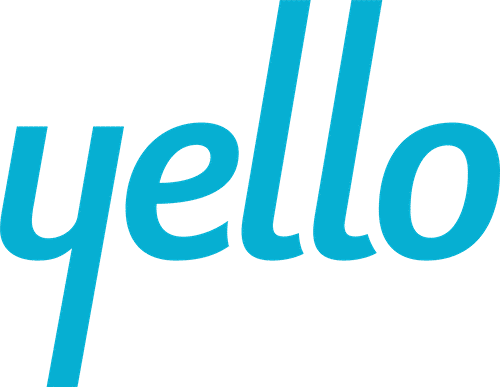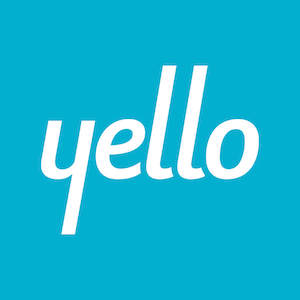With the arrival of graduation season and summer break, it’s more important than ever to create branded talent communities and engaged talent pipelines, to hire the right candidates when positions become available. Follow this May recruiting checklist and complete these five items by the end of the month to position your company for talent acquisition success.
Build a talent community
Identify the right technology to view the complete prospect lifecycle. Use Talent Relationship Management (TRM) software to build branded talent communities, manage all email/text campaigns in one place and access candidate data on a single platform. Organize the community into relevant sub-groups, such as technology-focused careers and business-focused careers, so individuals only receive content appropriate to their backgrounds and career goals. Automate communication with talent community members to ensure every candidate who enters your talent community is receiving relevant content: job listings, industry news and your company’s latest achievements.
Carry it throughout the year: Create an company-wide referral program to scale your recruitment efforts and to allow employees to connect their professional connections to exciting opportunities. Leverage employee referrals to encourage interested candidates to come to you, without dedicating additional time to sourcing or incurring additional costs of outside recruiters. Once your talent community is set-up, conduct quarterly check-ins to allow applicants to opt-out if they aren’t interested in your company, and to let you review their backgrounds to ensure they are still relevant.
Engage a talent community
Candidates in your talent community have already expressed an interest in your company, so send highly personalized communication that pertains directly to their positions, levels, expertise, locations, etc. Send applicants regular communication they can share with their networks, including current employee testimonials, comments from your CEO or CHRO, industry insights, company blog posts and recent media coverage. Highlight lesser-known benefits, such as unique career paths, flexible work arrangements, parental leave policies, sabbaticals, or any other lesser-known perks.
Carry it throughout the year: Establish a personal, face-to-face connection to convert passive candidates to applicants. When trying to fill high-priority positions, schedule in-person, casual meetings with passive candidates in your talent community. Keep in touch by periodically meeting for coffee or lunch to stay updated on career developments. Make these meetings more about personal connections and their career goals, and less about your company and open roles.
Identify key talent community audiences
To most effectively communicate with branded talent communities, identify the core audiences. Possible talent community members include undergraduate students who aren’t graduating for several years, but have a promising future ahead; past employees who left on good terms and are interested in sharing job updates with their networks; boomerang employees who were employed by your company in the past and came back in the future; previous candidates who were a great culture fit, but may not have been a perfect match for a position they were interviewing for originally; passive candidates on your wish list who aren’t looking for a new job – should their career status change, make sure you are top of mind.
Carry it throughout the year: Make sure you are actively sourcing candidates from your established talent communities. Set a calendar reminder to scan this group of candidates once a week, to review current members and assess new members.
Have a structured intern program in place
When each intern begins, work with him or her to set specific goals and create a tactical accomplishment plan. Involve your interns in all-company meetings, events and initiatives, to keep them focused on their contribution to the company’s goals and greater mission. Avoid simply handing off interns to their hiring managers at the start of their internship; schedule regular check-ins during the internship duration, and provide the guidance they need to succeed with your company. When the internship period is completed, both the interns and your organization will have achieved measurable results.
Carry it throughout the year: Create a rigorous intern interview process to carefully screen your company’s potential future employees. View this stage as an investment in your business, and a starting point for full-time, post-graduation positions. Make exit interviews a standard part of the intern program. Just as you conduct exit interviews with full-time employees, gather feedback on every intern’s experience with your company and their interest in returning in a full-time capacity.
Devise a plan to stay in touch with undergrads over the summer
Don’t risk losing the great momentum you built with high potential undergraduates over the course of the school year. Create a communication strategy to stay in touch, including relevant company updates, tips on how to prepare for the school year ahead, advice on what to do now to prepare for life post-college and your career fair schedule for when you will be visiting their school in the fall.
Carry it throughout the year: If your company employs undergraduate summer interns, consider allowing high performing interns to work remotely during the school year, so you can increase the chances of them accepting a full-time job with your company post-graduation.
Are you looking for more ways to position your company for talent acquisition success? Learn how recruiting software can help you achieve your goals.


